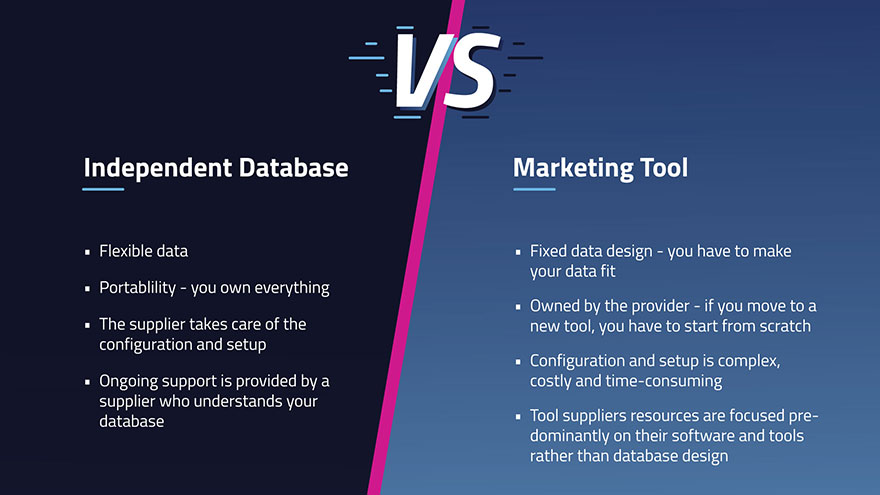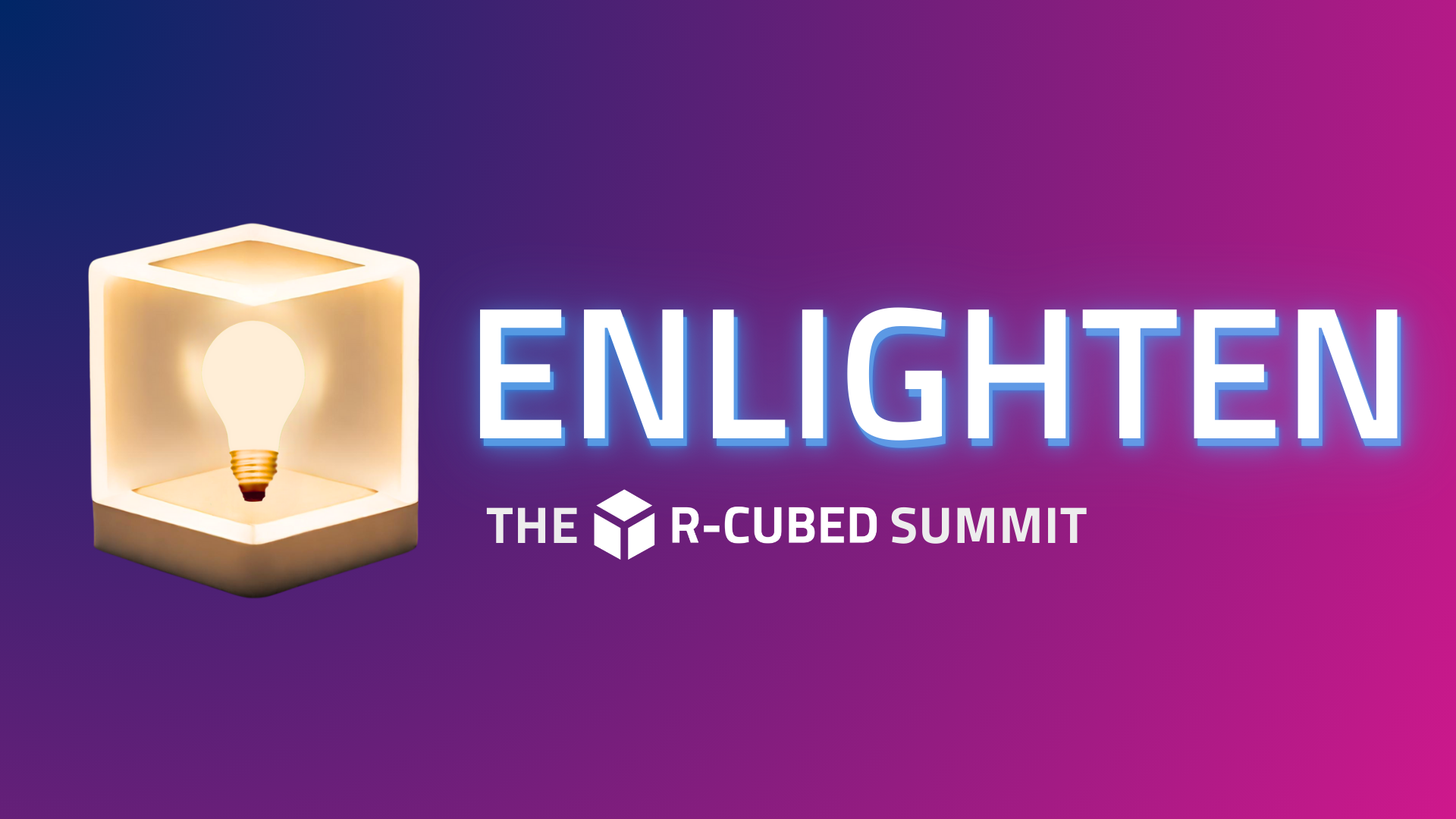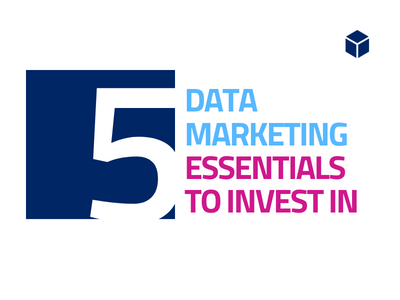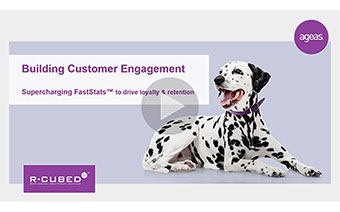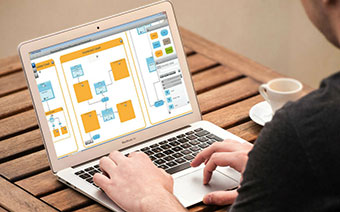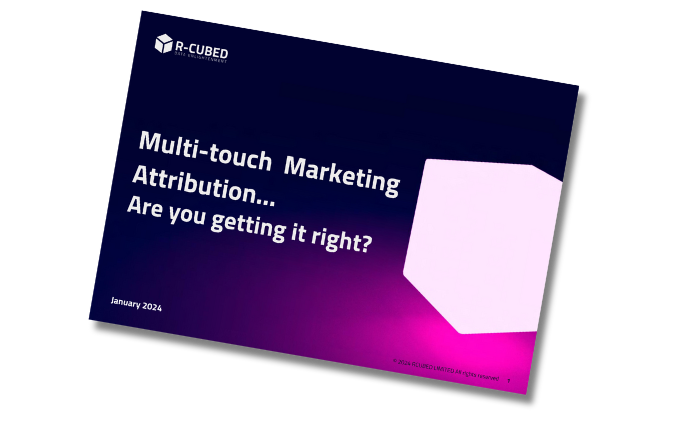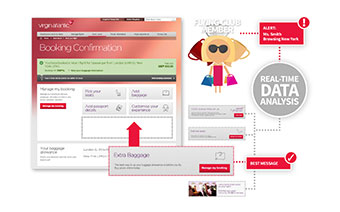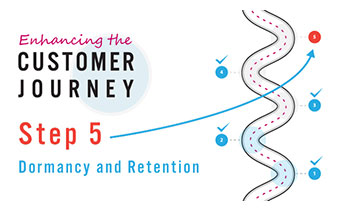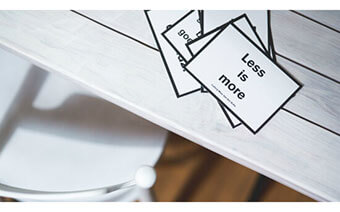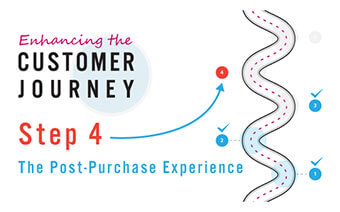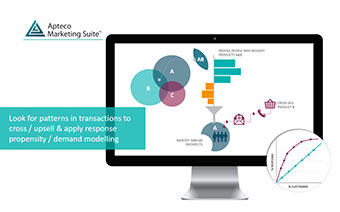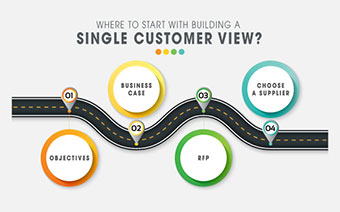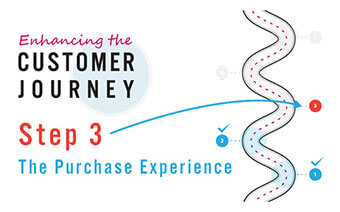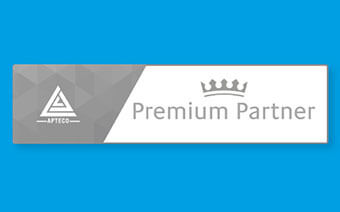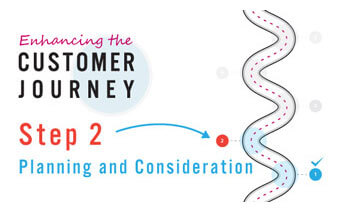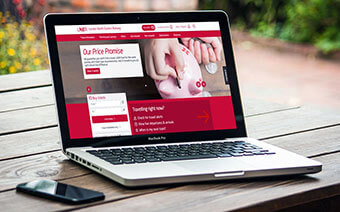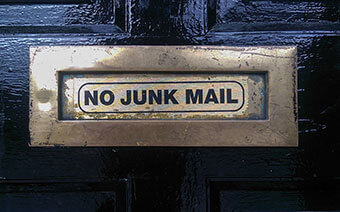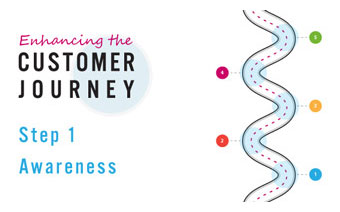Billed as the answer to all your marketing problems, it’s a one-stop shop which will store all your data and allow you to drive your marketing activity from a single source.
They’re well packaged, easy to understand and, as a result, popular with marketers and CEOs who are looking for a quick win. But a Customer Data Platform (or CDP) isn’t what some people think it is and, on its own, could cause you a host of new problems.
Why? Because it overlooks the need to have your own data properly organised before you start to load it into a CDP or any other platform.
Let’s get back to basics
There’s lots of confusion around the terms used in this area – customer data platform, single customer view, data warehouse, data lakes… Are they the same thing? Different things? Somewhere in between?
The truth is, there’s a lot of the ‘Emperor’s New Clothes’ about the new products, platforms and terminology, so we’re going to cut through all the jargon and talk about the need for something far more fundamental – the Customer Database.
The Customer Database
Whatever tool you end up using, the one thing you MUST have in place is a Customer Database. Because if you’re serious about your data and about your marketing, you need complete ownership and total control of your data. It has to be structured in a way that works for you.
Your Customer Database should be a bespoke build. It’s not something you can just buy off the shelf as it’s based on your data and needs, just we urge you to seek independent advice and expertise.
Once you’ve built your database, you can then choose which data you want to feed into your new CDP or any other tool. It gives you control of your data, how it’s stored and how you use it.
Why not plug your data straight into the CDP?
If you skip building your database step and try to feed your various data sources directly into your CDP, you’re going to have to configure your data into the CDP’s fixed data structure. This requires a lot of preparatory work and resource to implement and will inevitably end up compromising the design and ease of use.
But that’s only one problem. With a CDP, you don’t actually own the tool – it still belongs to the provider. So if you decide you want to go elsewhere, you can extract the data but you’re then going to be starting from scratch with the new provider.
If you’ve build your customer database separately, then you’re free to chop and change tools as you wish, or even use a range of tools at the same time.
Think before you leap
Customer Data Platforms are slick, well-packaged and full of features. But remember that you’re tying yourself into someone else’s product and it’s a lot harder to get out than it is to get in. We’ve seen this many times and have been asked to help clients extricate themselves from their current software and start again.
So before you make that decision, take a moment to work out exactly what you need. Time spent planning now can save you a whole lot of heartache, time and money further down the line.
And if you’re still in two minds about which way to go, we’d be glad to put you in touch with some of them and they can tell you their own stories.
Hopefully, this article has helped guide you to how to get the best out of your data. But if you’d like to discuss further, we’re always happy to talk all things data. Just get in touch.

